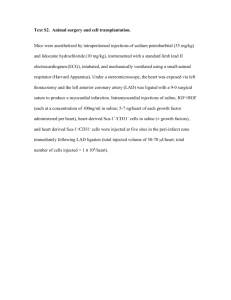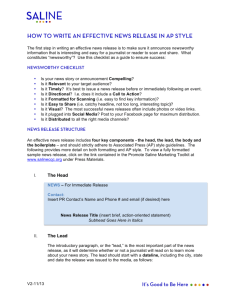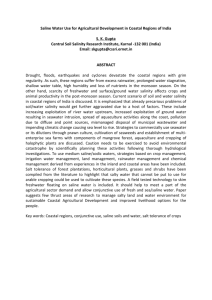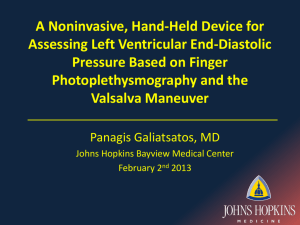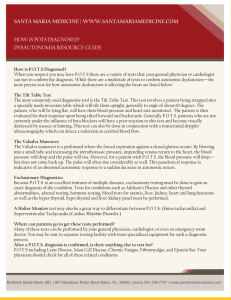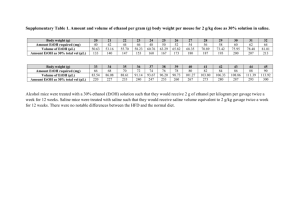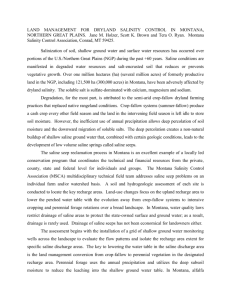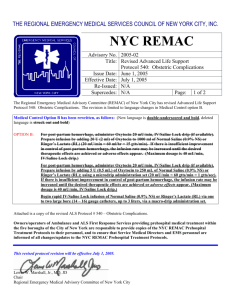Template: Agitated Saline Echocardiography Study Protocol
advertisement
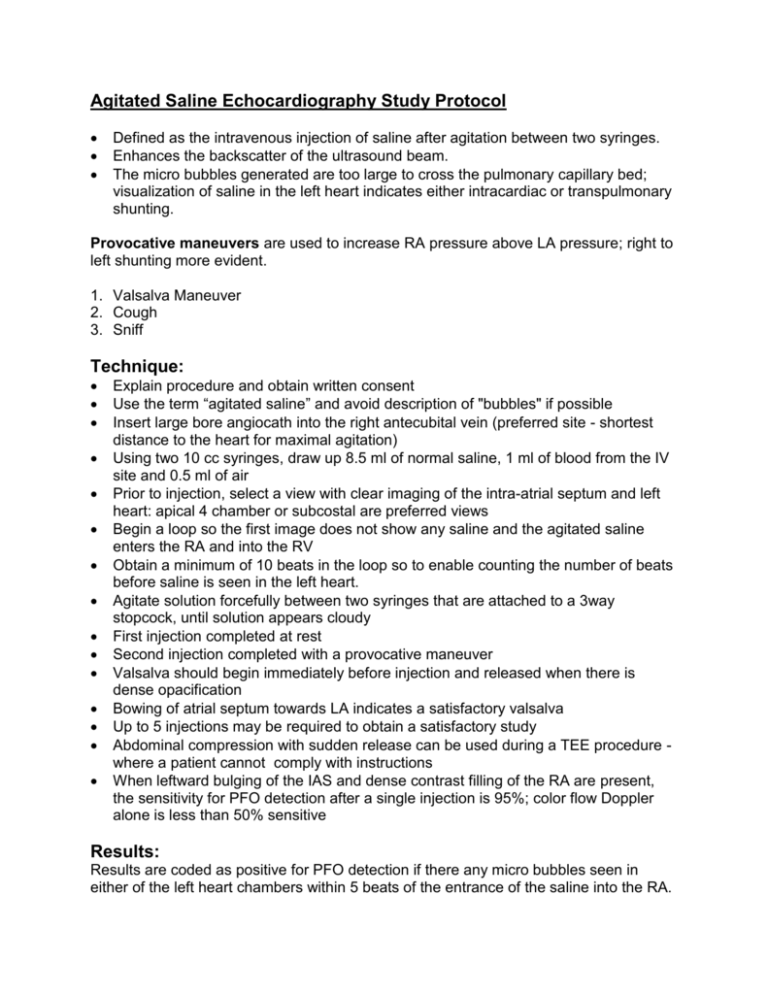
Agitated Saline Echocardiography Study Protocol Defined as the intravenous injection of saline after agitation between two syringes. Enhances the backscatter of the ultrasound beam. The micro bubbles generated are too large to cross the pulmonary capillary bed; visualization of saline in the left heart indicates either intracardiac or transpulmonary shunting. Provocative maneuvers are used to increase RA pressure above LA pressure; right to left shunting more evident. 1. Valsalva Maneuver 2. Cough 3. Sniff Technique: Explain procedure and obtain written consent Use the term “agitated saline” and avoid description of "bubbles" if possible Insert large bore angiocath into the right antecubital vein (preferred site - shortest distance to the heart for maximal agitation) Using two 10 cc syringes, draw up 8.5 ml of normal saline, 1 ml of blood from the IV site and 0.5 ml of air Prior to injection, select a view with clear imaging of the intra-atrial septum and left heart: apical 4 chamber or subcostal are preferred views Begin a loop so the first image does not show any saline and the agitated saline enters the RA and into the RV Obtain a minimum of 10 beats in the loop so to enable counting the number of beats before saline is seen in the left heart. Agitate solution forcefully between two syringes that are attached to a 3way stopcock, until solution appears cloudy First injection completed at rest Second injection completed with a provocative maneuver Valsalva should begin immediately before injection and released when there is dense opacification Bowing of atrial septum towards LA indicates a satisfactory valsalva Up to 5 injections may be required to obtain a satisfactory study Abdominal compression with sudden release can be used during a TEE procedure where a patient cannot comply with instructions When leftward bulging of the IAS and dense contrast filling of the RA are present, the sensitivity for PFO detection after a single injection is 95%; color flow Doppler alone is less than 50% sensitive Results: Results are coded as positive for PFO detection if there any micro bubbles seen in either of the left heart chambers within 5 beats of the entrance of the saline into the RA. Late appearance of contrast, > 5 beats, is most likely due to intrapulmonary shunting. Valsalva Maneuver Instructions: It is extremely important to give the patient clear instructions on the valsalva maneuver. Proper valsalva is the key to clear results. “Mrs. T, could you please help me with this next part of the test? What I need you to do is stop breathing when I ask you to: please do not take a big breath in or let it out. Stop wherever you are in your breathing, and then push out with your stomach.” (Place your hand on their abdomen and have them push out against it). “When I say stop breathing and bear down, please do so until I instruct you to relax.” Perform a practice run with the patient to ensure your image stays in the frame. Perform the maneuver with the saline injection, storing at least 10 loops to review at a later time.
